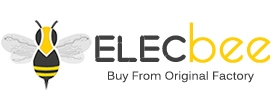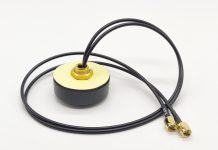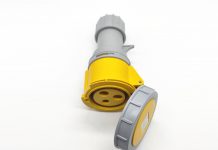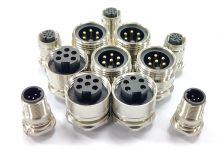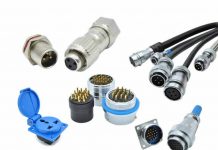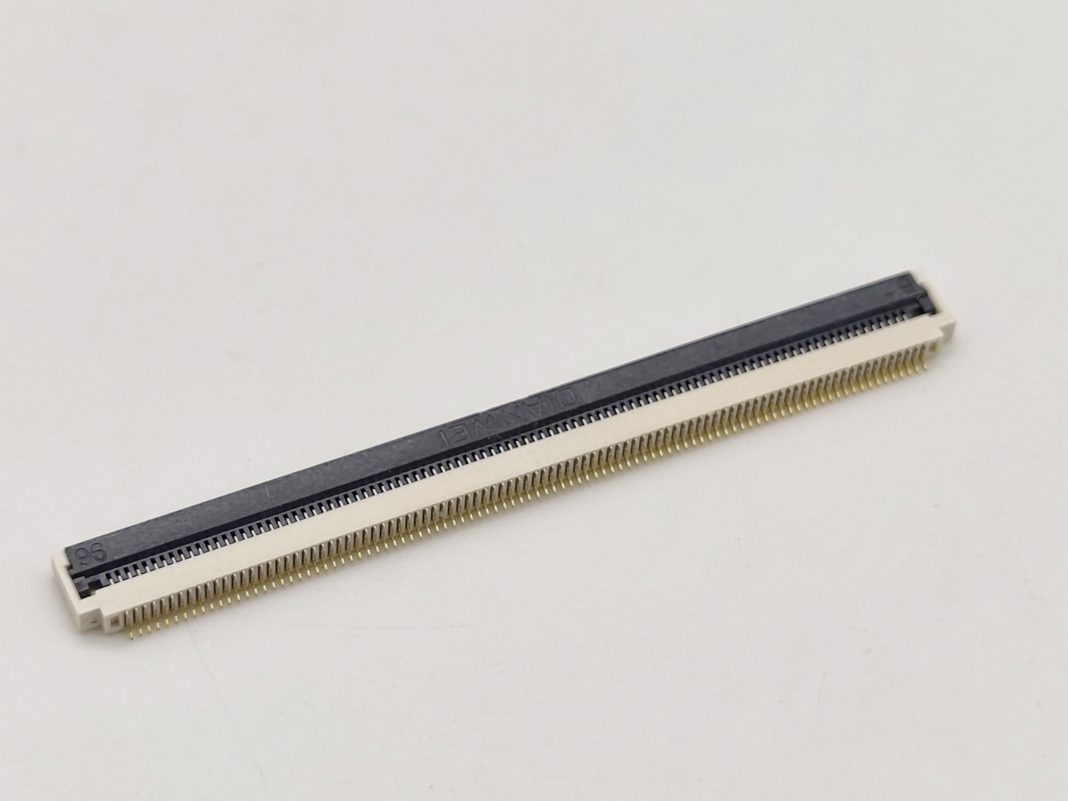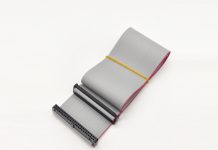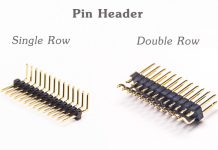Basic definition of board-to-board connector
The board-to-board connector refers to connecting different circuit boards together. The existence of the board-to-board is not only for the convenience of disassembly, but also the carrier for providing current and signals to the product. It is the connector product with the strongest transmission capability among all connector product types, and is mainly used in power systems, communication networks, financial manufacturing, elevators, industrial automation, medical equipment, office equipment, home appliances, military manufacturing and other industries.
At present, the main spacing of board-to-board connectors are 0.50mm, 0.60mm, 0.80mm, 1.00mm, 1.25mm, 1.50mm, 2.00mm, 2.50mm, 2.54mm, 3.96mm.
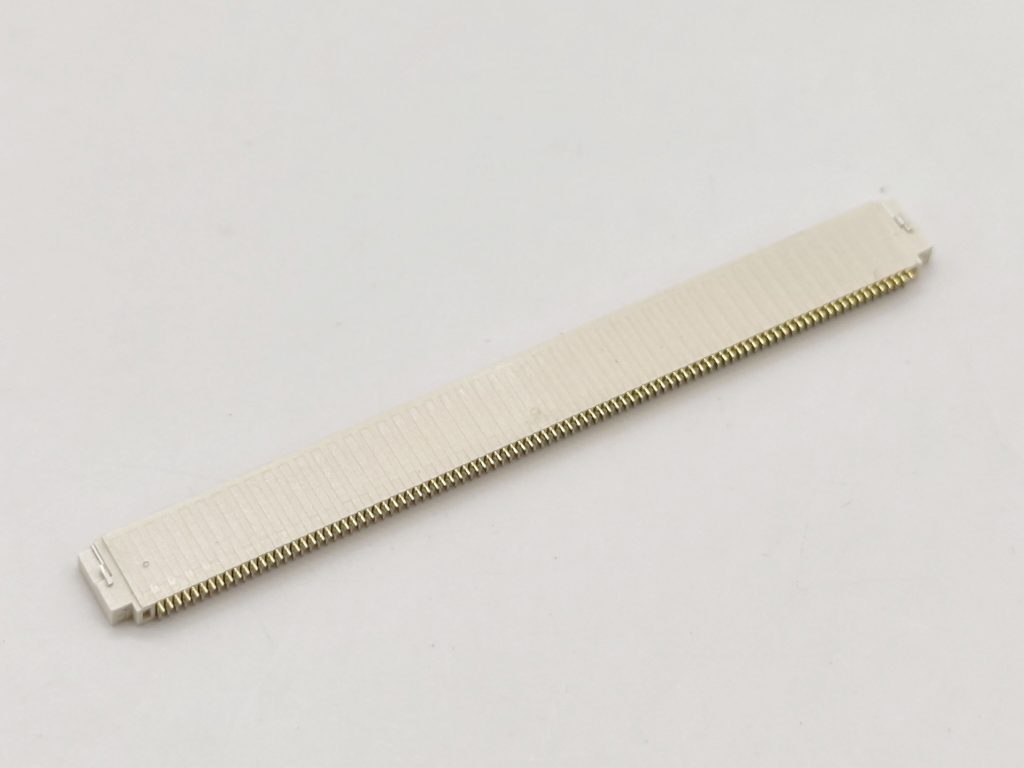
Classification and characteristics of board-to-board connectors
Board-to-board connectors are divided into different types according to different connection methods between circuit boards, and each type has its own characteristics.
1. Pin row mother/pin
Pin headers and female headers, also known as socket headers, are the cheapest and most common connection method.
Application scenarios: low-end, large-sized smart devices, development boards, debugging boards, etc.
Advantages: cheap, convenient, hard connection is very stable, strong over-current capability, convenient for wire welding and testing.
Disadvantages: large size, difficult to bend, large spacing, difficult to connect hundreds of pins (too big).
2. some high-end board-to-board sockets
It is denser than pin headers and is used a lot on compact products.
Application scenario: It is basically used in conventional smart hardware products, and it is widely used.
Advantages: large number of pins, small size, 40 pins can be made in a length of 1 cm (only 20 pins of the same size can be made).
Disadvantages: expensive, cannot be plugged and unplugged frequently, and the structural design needs to be fixed.
3. Thickened board-to-board connector
Board-to-board, board-to-wire, can be disassembled, merged, and inserted into pin headers.
Use scenarios: development boards, test boards, large and fixed equipment (such as computer case wiring)Advantages: cheap, common, used with pin headers, very easy to connect and measure.
Disadvantages: large size, not easy to fix, not suitable for mass production scenarios.
4. FPC connector plug/ZIF connector
Many smart hardware devices need to pull the signal out of the main board. FPC is the best choice because it can be bent, small in size and changeable in shape.
Usage scenarios: connection between the main board and sub-board, connection between the main board and peripherals, lines that need to be bent, and compact product space.

Pros: Compact and cheap.
Elecbee is a company specializing in the research and development, production and sales of electronic connectors, adapters and antennas. Whether it is technology, research and development, production or business, it is in the leading position in the industry. If you want to know more about our products or need related help and support, you can directly communicate with our technical staff in real time on the website or send an email to service@elecbee.com. All Elecbee staff look forward to cooperating with you.
